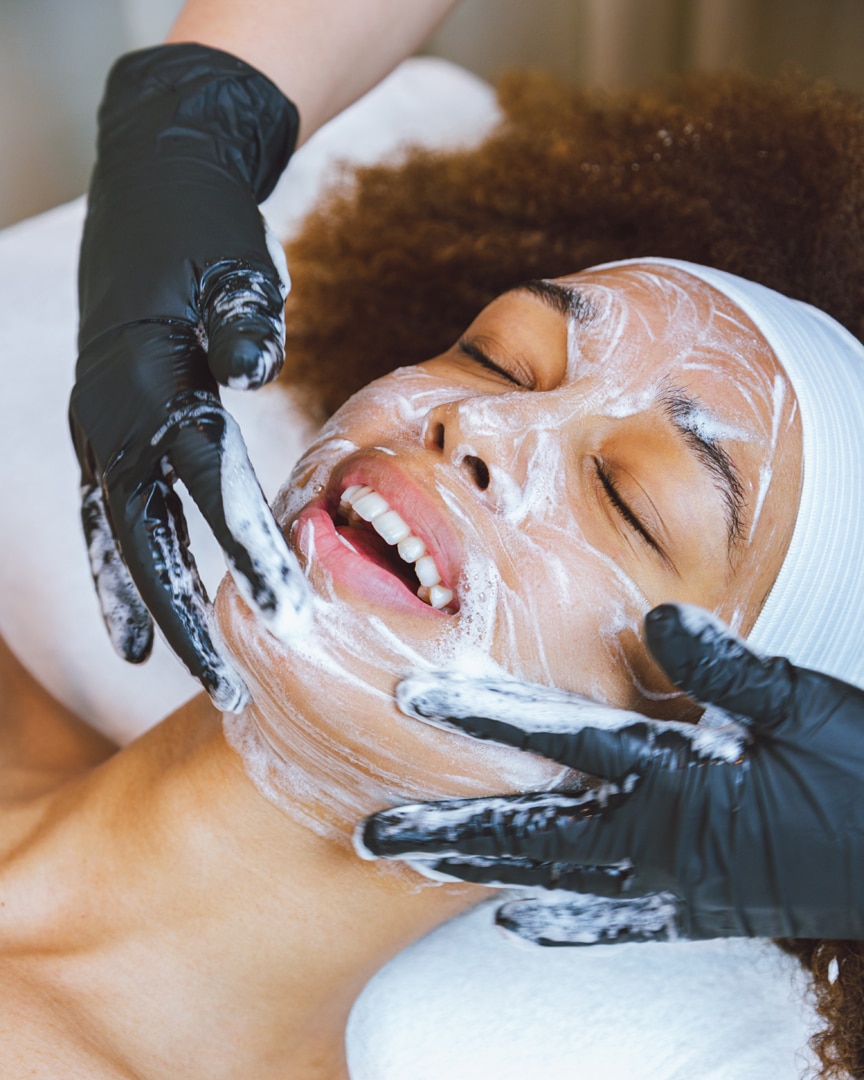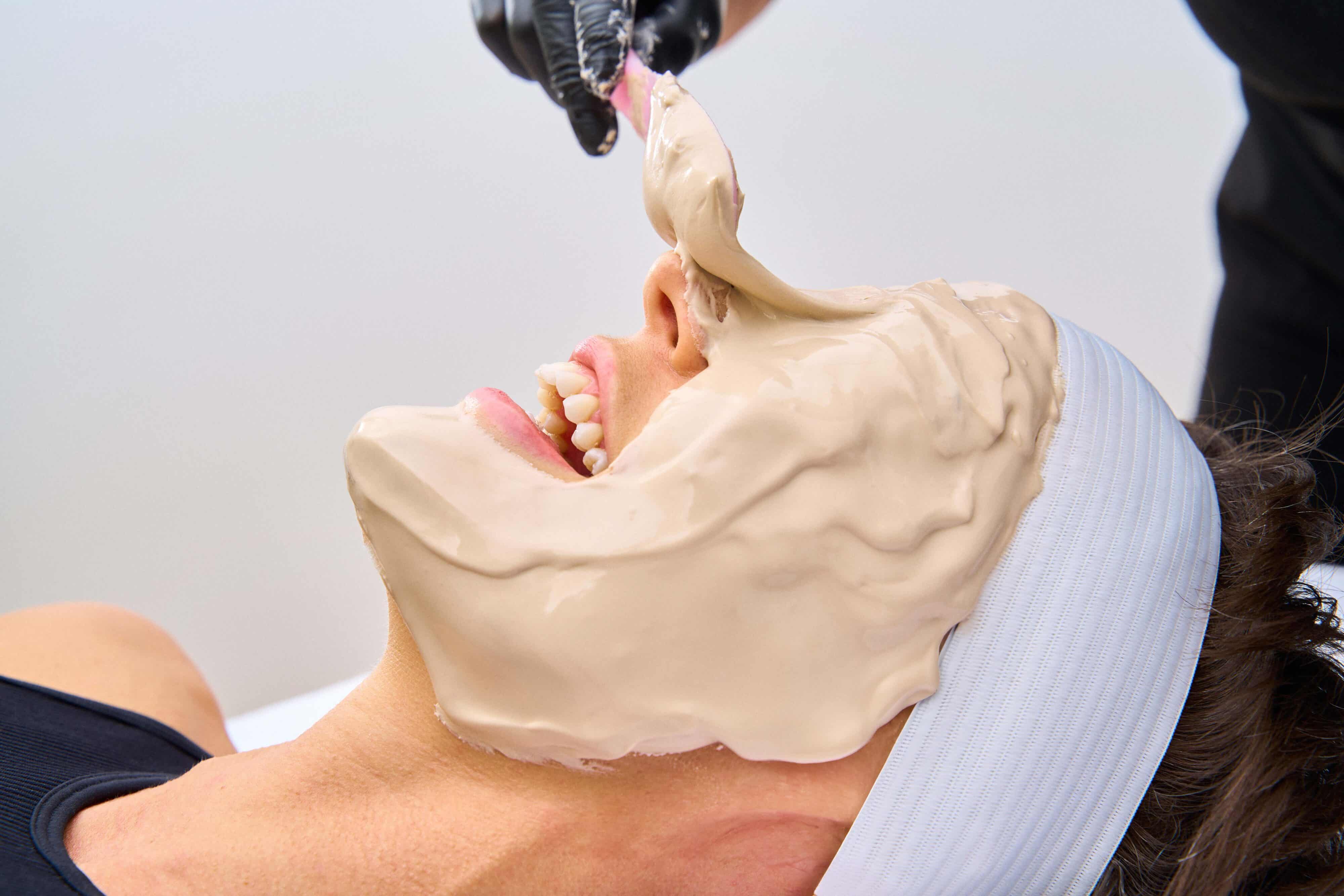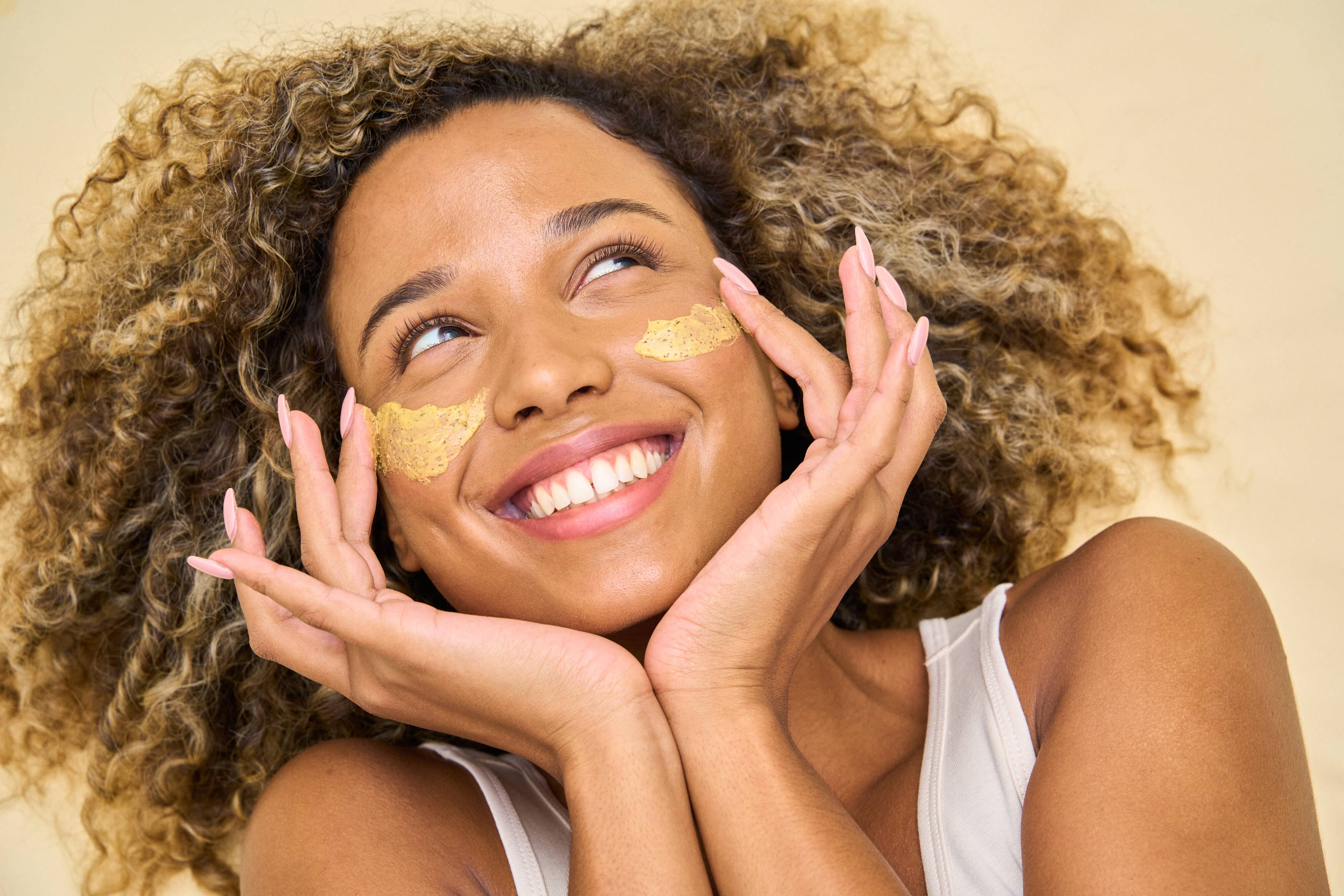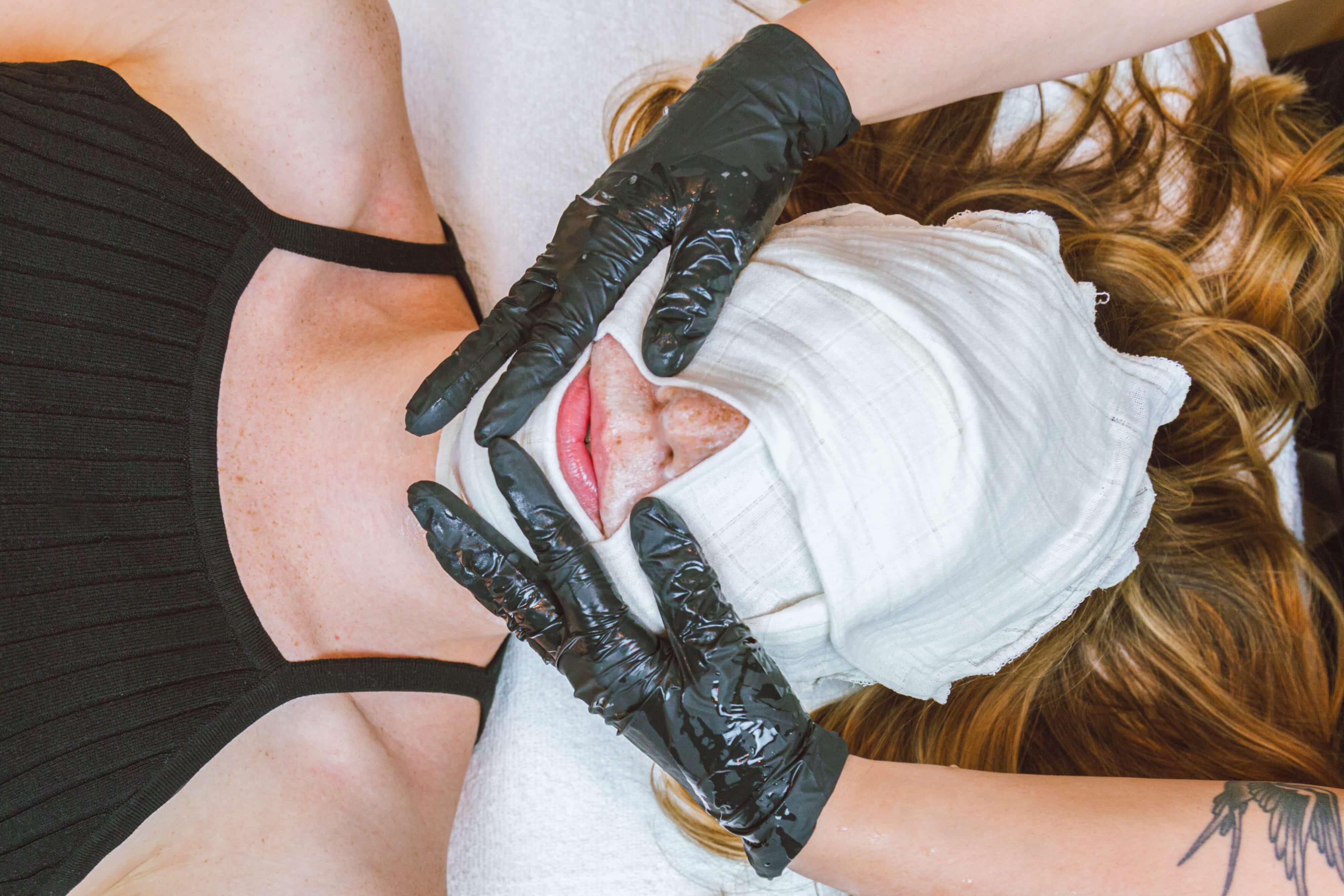Developing a solid skincare routine can be a daunting journey filled with trial and error, often leaving you feeling discouraged when you don’t see significant results. But here’s the good news: achieving healthy skin is within reach for all skin types and budgets.
One valuable lesson to understand is that what works wonders for one person might not yield the same results for another. That’s why it’s crucial to discover what works best for your skin and, most importantly, maintain consistency in your routine.
It’s important to remember that no two skincare regimens are identical, and you don’t need to follow an extensive routine daily to attain the results you desire. Additionally, paying close attention to product ingredients and conducting thorough research is vital, as your skin is your body’s largest organ, and what you apply to it can impact your overall well-being.
To get a better idea of how professionals customize routines to to suit individual skincare needs, three estheticians have detailed out their personal skincare regimens. They not only explain why they use each product, but they also provide advice along the way.
Marta
Cleanse/Exfoliate:
For me, a good regimen begins with deep cleansing and exfoliation, two important steps that can help any skin type and concern. As my cleansers, I use the iS Clinical Cleansing Complex Polish
I recommend exfoliating once or twice a week depending on your skin condition. It is important to note that harsh scrubs will never work in your favor – they harm dry skin or provoke more oil production in already oily skin. Over time, physical exfoliants enlarge pores and create more breakouts than they solve. Enzymes and acids are a better alternative for most skin concerns. Enzyme exfoliation takes care of the top layer and the cells that are already loose. Enzymes are not abrasive and will leave your skin smooth and hydrated. Currently, I am using Sanitas’ Papaya Pineapple Enzyme Mask. You will fall in love with the smell!
Look to acid peels to take care of internal exfoliation. They boost cell turnover and have many benefits including deep cleansing, evening skin tone, as well as smoothing and refining fine lines and pores. The peels I like to do on myself are TCA and Anti-Oxidant peels. They are game changers, but should only be performed by a licensed esthetician.
Moisturize:
When it comes to moisturizing, I like to try new things often. These days, I am enjoying Supergoop Daily Dose Vitamin C + SPF. When I need an extra dose of moisture I use Revision Skincare Hydrating Serum. Additionally, keep in mind that there is a difference between dry and dehydrated skin: dehydration means your skin is missing water, while dryness means it is missing oils. This means that skin can be oily and still dehydrated. Dehydration is a skin condition, not a type!
While it may seem complicated, it’s really not too bad. I’ve gotten it down to a simple twice daily process that only takes a few minutes.
Christina K.
Cleanse/Exfoliate:
I use The DDG AHA/BHA Daily Cleansing Gel in the morning and night. I swap it out with Sanitas’ Vitamin C Lactic Cleanser 2-3 times a week to cleanse and exfoliate. The lactic acid in this cleanser is very gentle and removes the dead skin cells while it hydrates and brightens my skin.
Serums:
AM: I absolutely LOVE Sanitas Topical C. It Heals and softens the skin and effectively penetrates the skin to help diminish fine lines and wrinkles and accelerate the healing of burns, chapped lips and abrasions. I apply about 4 drops to my face and neck every morning.
PM: At night I like to use Revision Skincare’s Hydrating Serum. This is another one of my all-time favorites. It contains hyaluronic acid, which is your body’s natural hydrator, to help bind moisture to the skin. I apply about 4 drops right before my moisturizer to provide an extra boost of hydration. It’s oil-free and great for acne-prone skin too!
Christina C.
I keep my routine pretty steady but occasionally I will introduce a more active ingredient, such as Retinol, a couple of days a week to trick the skin so it doesn’t become unresponsive.
Cleanser:
AM: I use a very basic cleanser 3-4 times a week as my skin can become extremely sensitive to cleansers in particular. I use a glycolic cleanser the rest of the time to keep my skin smooth and clear. I like the brand Simple for my basic cleanser and Revision Brightening Facial Wash for something more active.
PM: Double cleanse, 1st to remove makeup, the 2nd to cleanse the skin.
Serums:
AM: After cleansing I will always follow with antioxidant protection as I believe, besides sunscreen, it’s the most important thing one can do for age prevention. Dr. Dennis Gross is the best!
PM: On the off days from Retinol, I’ll follow with the IS Clinical Active Serum to hydrate, soften, and prevent future lines and wrinkles.
Eye Cream:
AM: I ALWAYS use an eye cream. Currently I’m using the iS Clinical Eye Complex. It’s great for elasticity and collagen synthesis.
PM: I also love to use the iS Clinical Eye Complex to brighten and increase collagen under the eye area followed by a Bee Venom eye cream to firm.
Moisturizer:
AM: Then a Vitamin C moisturizer, I like DDG Vitamin C Dewey Deep Cream, to help with pigmentation and I NEVER forget SPF 50!
PM: Finally, I just started using the Reparative Moisture Emulsion also from IS Clinical and am loving how hydrating and smoothing it is.
By



